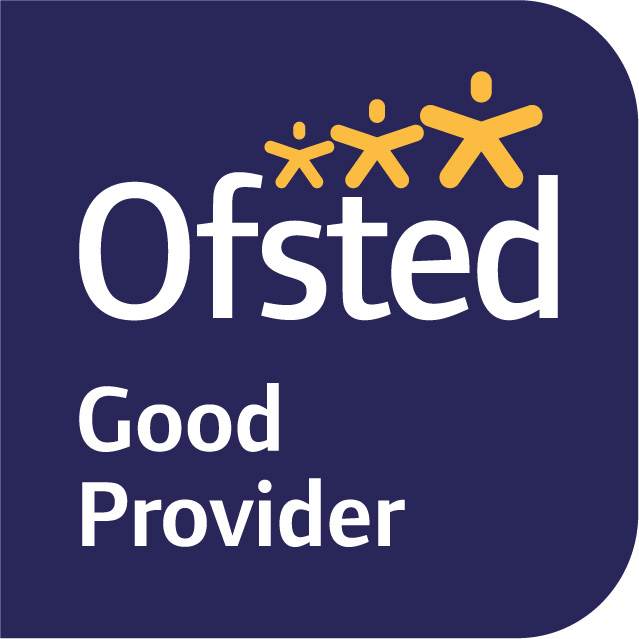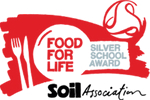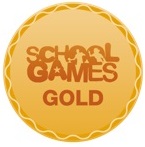Reading
Reading is a vital skill for all children as it opens up a world of imagination, information and fun. How well our children read is a huge indicator of the success that our children will have during their time in education. At the Meadow Community Primary School, we believe that children should leave our school able to read fluently and understand what they have read. This will allow pupils to develop new ideas, explore exciting new worlds, embark on adventures and unearth the joys that books contain.
How we teach reading in school
When our children start school, reading focuses on the teaching of phonics. In school, we follow the Little Wandle scheme. Phonics is taught daily in school. Phonics looks at the link between letters and their sounds allowing children to break words down (decode) and put sounds together (blend) to read words. This is explained in the video.
As our children become more confident at reading words, they start to gain meaning from the words which they have read. At the Meadow, we teach the skills needed for understanding through the reading dogs. Each dog has a different skill that is necessary for children to fully understand the books they read. Each of these dogs are explained in the videos and the question bookmarks are able to be downloaded.
At the Meadow, we have two collections of books. All children will begin on the Collins Big Cat Phonics books. These books are carefully matched to the Little Wandle scheme of work we follow in school and are phonics decodable. This means, that based on the teaching your child receives in school, they will be able to practise their learning at home. This scheme runs until Phase 5. A child, who is progressing at an age expected standard, will reach Phase 5 at the beginning of year 2.
Changing books and moving up levels
Your child's class teacher should make it clear to you when children are expected to change their book. This will change as children get older and it takes them longer to read books. As shown in the videos below, when first teaching your child to read, we recommend reading the same book multiple times to work on decoding/ blending, fluent reading and then comprehension. As your child's fluency increases, more time can be spent focussing on the reading dog skills discussed above and modelled below. It is really important to not mistake fluent reading for your child understanding what they have read.
When children bring their books back in, staff will check that the book band is still appropriate. Please remember on the phonics decodable books different sounds will be included in each book in a colour band. Even if they find one book easy, it is important that they do not move on too quickly through the colour bands as they will miss the opportunity to practise certain sounds. When staff are happy a child is ready to move to the next colour band, they will asses the children on the sounds, words and reading skills of the band completed as shown below.
Reading in EYFS
What you will see. Children in EYFS should be decoding and blending the sounds together to make words as demonstrated in these videos. You will notice that some words like "The" can't be read in this way. These words are taught at the same time as phonics sounds to allow children to read as they can recognise them and know they can't be decoded.
Reading in Key Stage one
Reading in year one
What you will see. Children in year one will be much more confident with their phonics and should be able to decode and blend to make words. The phonics decodable books start with the sounds and words they will need to be able to read the book. Day one of reading will just look at making sure that these are secure before looking at the actual book. Once these are secure, the child is then able to read the book as shown in the video. Allow children time to self correct and encourage fluency. You can then always re-read the book to ask question to check that your child has understood what they have read.
Reading in year two
What you will see. Children in year two will still need to decode and blend but they should be reading with much more fluency. This is a book that is at the expected standard for a year two. You will notice that, as this child reads with good fluency, there is far more questioning about understanding. The questions are about both the pictures and the words and there is a discussion before the book even starts.
Reading in Key Stage two
Reading in year three
What you will see. Children in year three should be reading with much more fluency only needing to decode and blend on unfamiliar words. This might mean they use incorrect pronunciations which will need to be corrected. The teacher allows the child time to correct any mistakes and to read for long enough to gain an understanding before asking any questions. In year three, a large amount of time can be spent ensuring your child can retrieve information and understands the vocabulary they are reading.
Reading in year four
What you will see. Children in year four should be reading with a good level of fluency. You should be trying to encourage them to read with more expression when possible. Questions could be simple retrieval questions but your child should have a growing understanding about vocabulary and inference. When children make mistakes, give them time to self correct and realise. In this video the teacher gets the pupil to return to the mistake once it becomes clear that they have not noticed it themselves.
Reading in year 5
What you will see. Children in year five will be reading with a good level of fluency and expression. You will notice the child is still using their finger to track as they read and this should be encouraged. Questioning can take place before or after reading and a mixture is always good. Asking questions for the child to find as they read will help them to develop their working memory. The child is given time to correct any mistakes they make themselves.
Reading in year 6
What you will see. Children in year six will be reading with a good level of fluency and expression. You will notice the child is still using their finger to track as they read and this should be encouraged. Questioning can take place before or after reading and a mixture is always good. Asking questions for the child to find as they read will help them to develop their working memory. The child is given time to correct any mistakes they make themselves.







